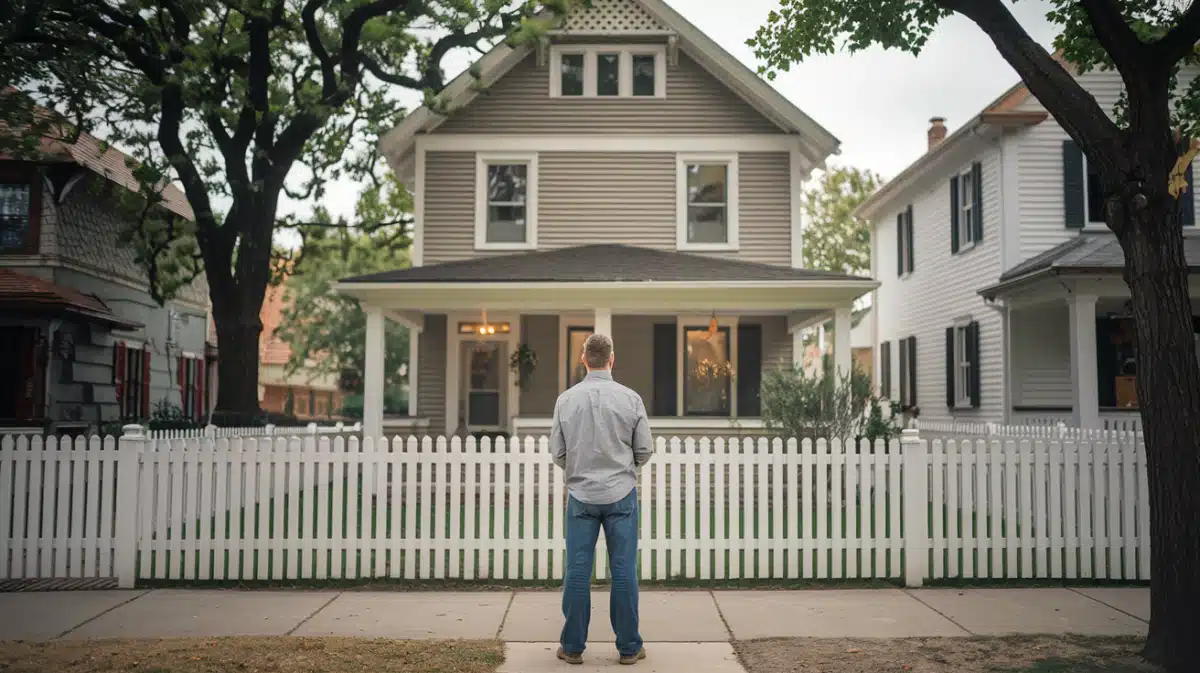According to recent data, rising salaries and slower home price rise are driving modest improvements in housing affordability in the UK. Despite these encouraging advancements, many people still cannot afford to buy a home because of high borrowing rates and persistent regional inequalities.
In the UK, the challenge of housing affordability has long been a serious problem, making it difficult for many first-time homebuyers to climb the property ladder. Although there is some hope due to recent changes, the housing market’s fundamental structural problems indicate that the affordability problems are far from being solved.
Wage Growth Offers Slight Relief Amidst High Costs
The correlation between salary growth and home price increases has been one of the most positive developments in recent months. Prospective purchasers have some respite because average incomes have increased more quickly than real estate prices. This change follows years of slow income growth that was unable to keep up with the sharp increase in home values.
Mortgage rates, however, continue to be a major obstacle to affordability. Rates are still far higher than the historically low levels observed in recent years, even if they have stabilized in comparison to prior rises. Buyers are nonetheless under financial duress as a result, especially those who depend on larger loan amounts to purchase homes in more expensive areas. The combined effect of rising real estate prices and borrowing costs is still too great for many people to be compensated for by pay increases alone.
Although these patterns suggest a minor reduction in the affordability gap overall, they do not adequately address the underlying problems that have bedeviled the housing market for decades.
Regional Disparities Deepen the Affordability Divide
Significant geographical variations in home prices further exacerbate the affordability dilemma. The UK’s most expensive areas are still London and the South East, where real estate costs are significantly higher than the national average. These neighborhoods are just out of reach for many buyers, who are therefore forced to think about moving or renting for an extended period of time.
On the other hand, areas like Scotland, Wales, and the North of England offer more reasonably priced home possibilities. However, consumers looking for better deals are driving up demand in these locations, which is already starting to drive up costs. This pattern emphasizes the need for a more balanced housing market and draws attention to the unequal distribution of affordability across the nation.
Addressing both regional inequities and the total cost of housing is a twin challenge for policymakers. In the absence of focused reforms, the affordability gap is probably going to continue, reducing the number of UK residents who can afford to buy a home.
It will need concerted efforts to stabilize mortgage rates, encourage wage growth, and make sure housing supply keeps up with demand in order to address the UK’s housing affordability dilemma.









